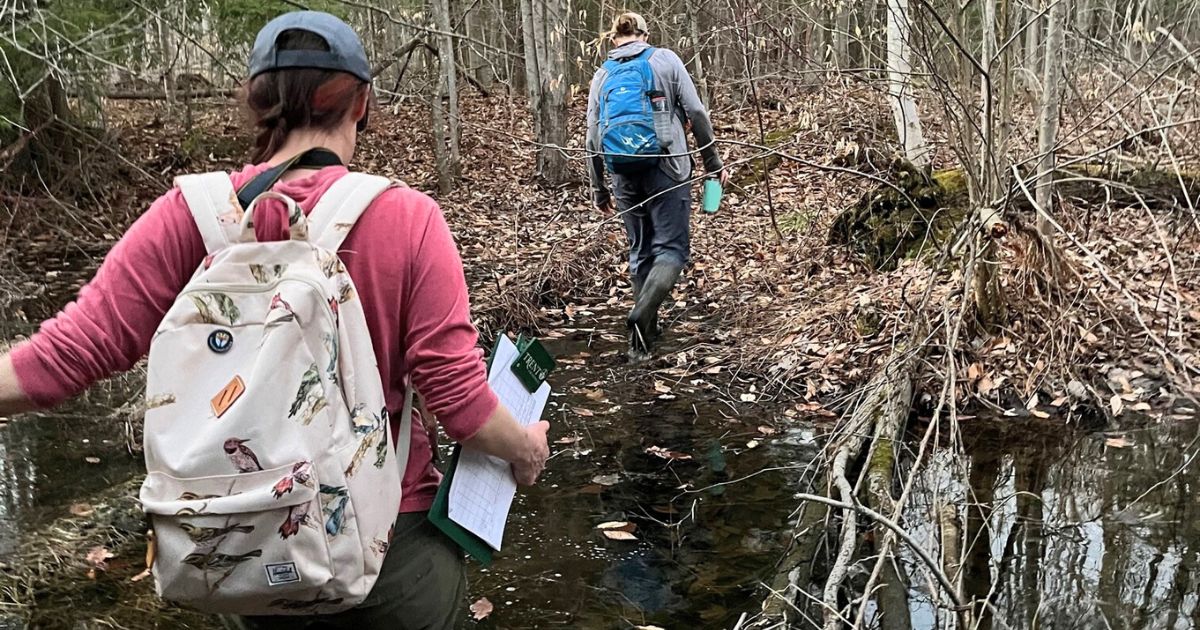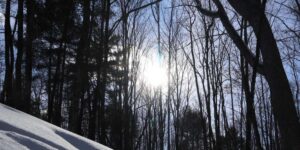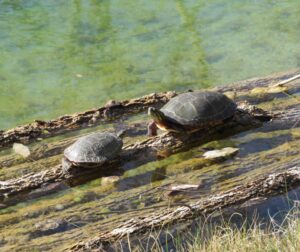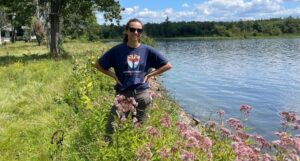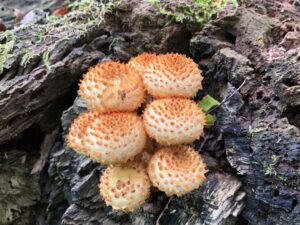Master’s student Jordan McDonald writes about working with KLT staff, volunteers, and landowners to survey for four species of salamanders
By Jordan McDonald, Trent University Master’s candidate, Bioenvironmental Monitoring and Assessment
Every year, Kawartha Land Trust (KLT) hosts events that aim to promote awareness and understanding of the natural environment and the wildlife that we share this landscape with. This spring, as part of my Master’s program at Trent University, I worked with KLT to create and implement a survey protocol developed specifically for the detection of salamanders within the Peterborough and Kawartha Lakes region.
Together with Rachel Barrington, KLT’s Partners in Conservation program coordinator, we assembled a team of keen volunteer students and staff from Trent University and Fleming College, to help complete the surveys.
The Salamander Survey Project worked in collaboration with private landowners enrolled in KLT’s Partners in Conservation program to help them explore ecosystems on their properties in ways they may not have ever done before, or at least in a long time.
Salamanders are a very special species, and many people have fond memories of them from their childhoods. I wanted to partake in this project to help local landowners learn how to survey their properties for salamanders, contributing to citizen science and a better local understanding of salamander populations in the region. We invited landowners to join in on the surveys and learn proper techniques and considerations for salamander surveying.
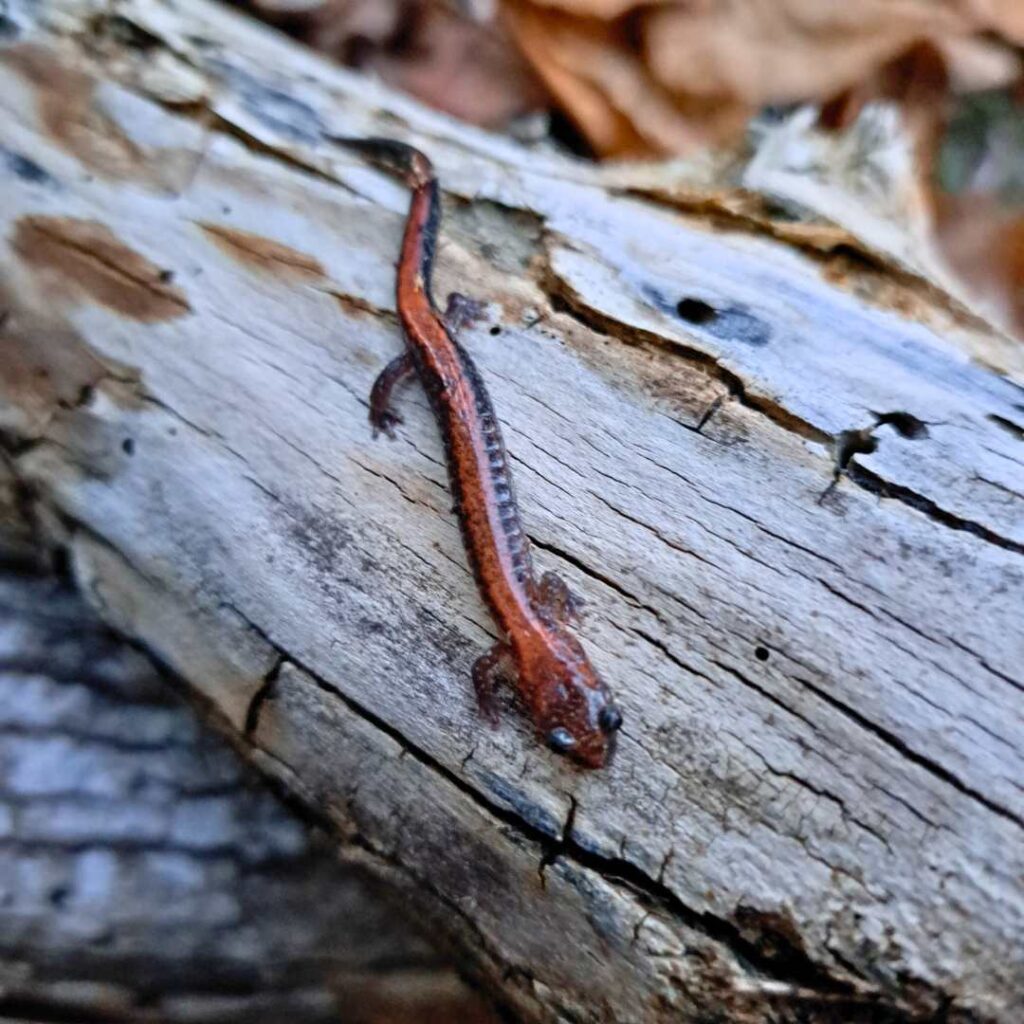
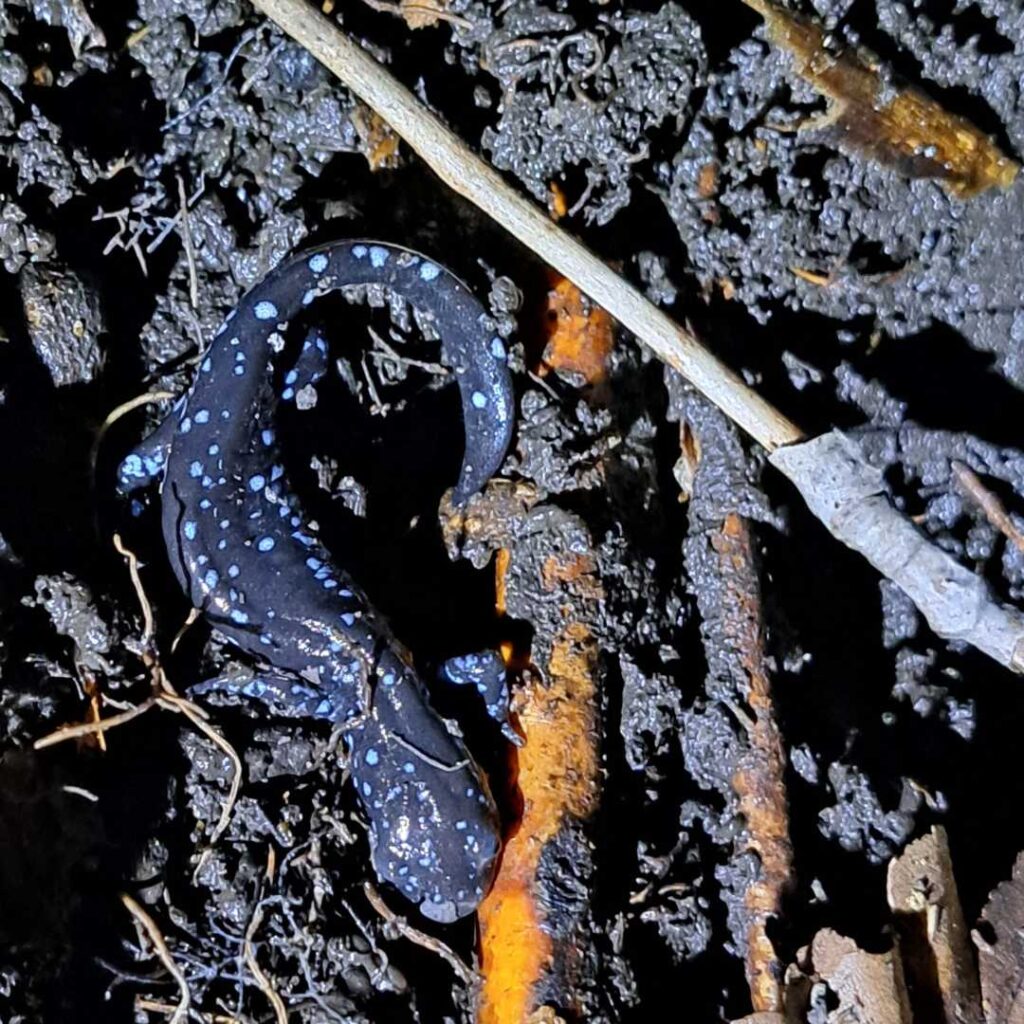
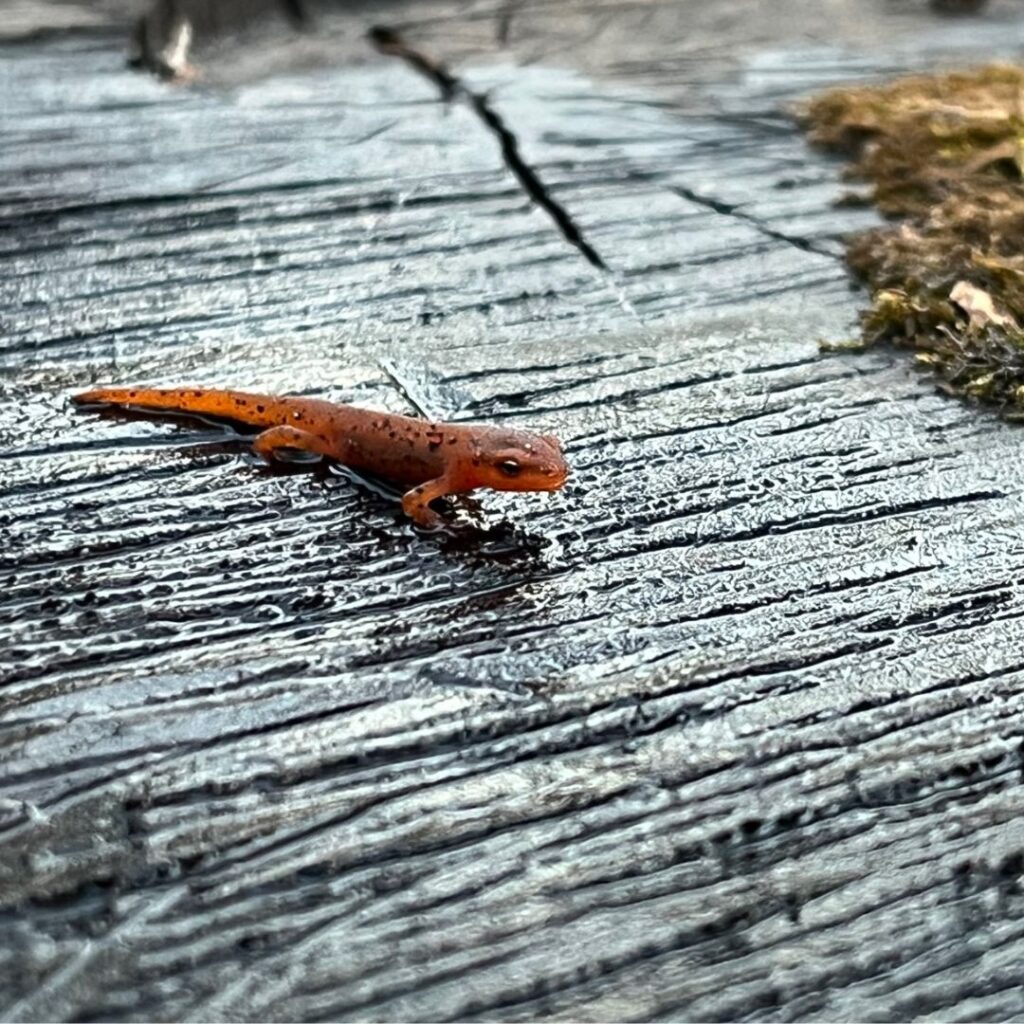
Whether it be intentionally flipping over rocks and logs hoping to find them, or just happening upon them in basements or wood piles in the spring, salamanders are often easy to locate. This project surveyed for four species: Spotted Salamanders (which have yellow spots), Blue-spotted Salamanders, Four-toed Salamanders, and Eastern Red-backed Salamanders. During the surveys, we found many Eastern Red-backed Salamanders, some Blue-spotted Salamanders, and also stumbled upon some Eastern Newts.
The survey protocol was created to be citizen science-friendly to help landowners of any background conduct their own searches. The highlights from this protocol are that salamanders are most often found during the breeding season, which begins at the end of March and continues into mid-April.
Once there is less than 90% snow cover within the forest, and the temperature remains above 5°C overnight, salamanders can usually be found by flipping cover objects around bodies of water, such as rocks or logs. It is important to remove the salamander, then replace the cover object, and release the salamander gently next to the cover object, to avoid accidentally crushing them.
With the help of some dedicated Partners in Conservation, KLT was able to survey nine properties this year, and found salamanders at all but two of the properties surveyed. All in all, these surveys were a great success. It was amazing to see how passionate the students and landowners were about salamanders and nature. We found plenty of salamanders and showed landowners how to search on their own in future years, as well as how to differentiate between species that may be found on their properties.
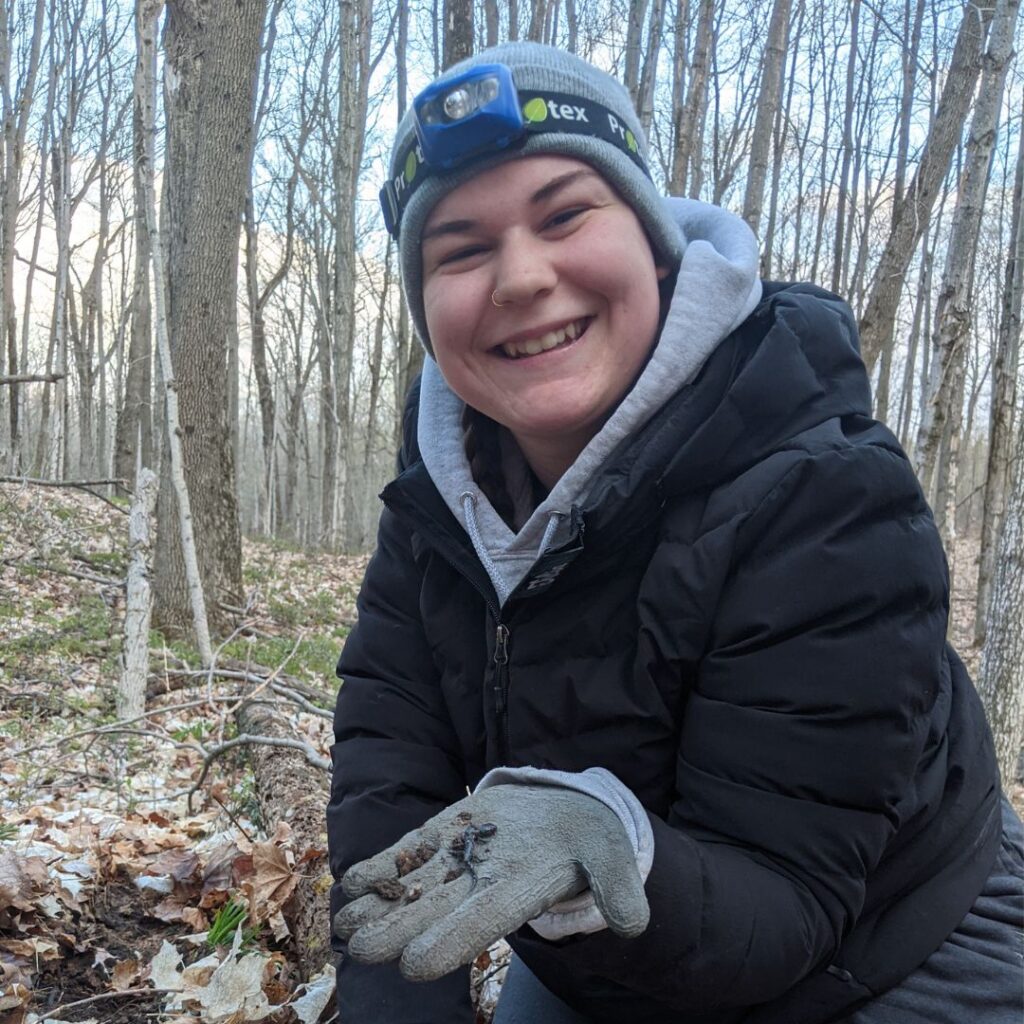
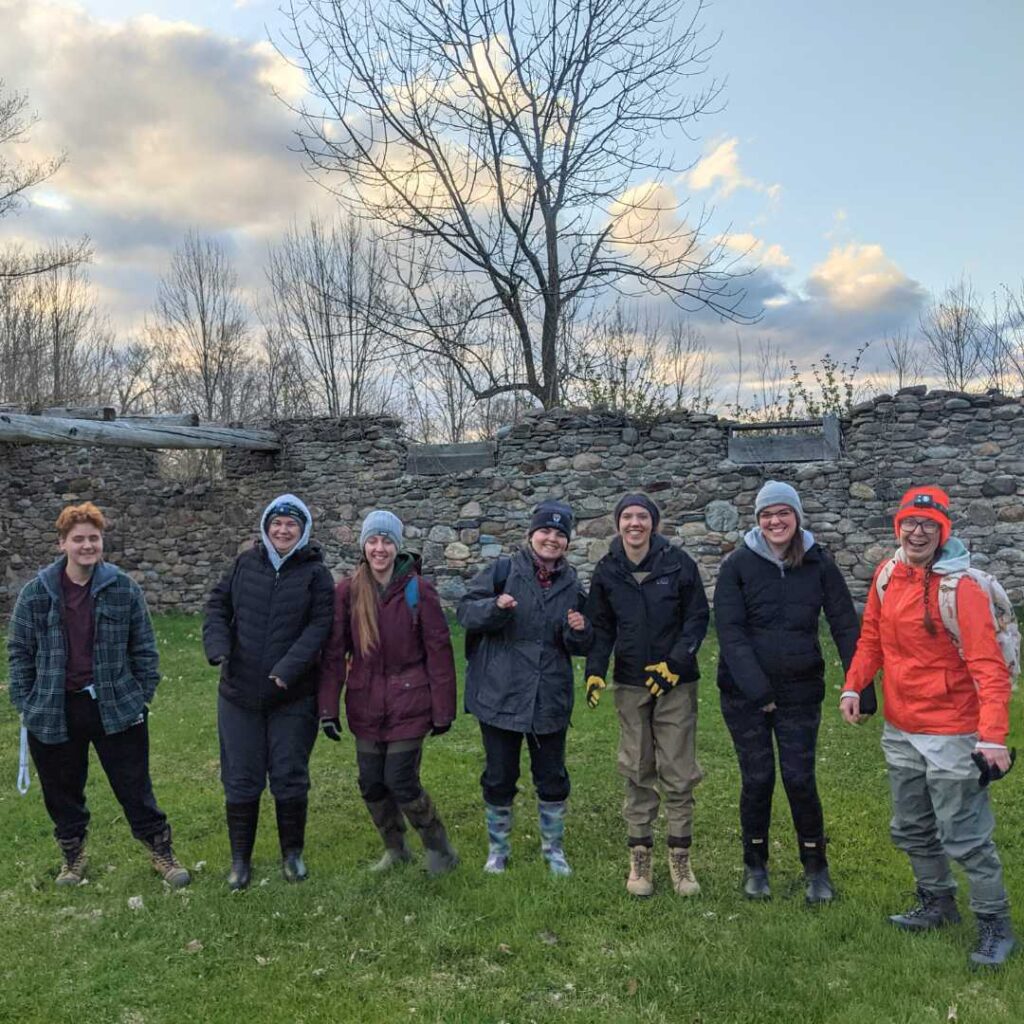
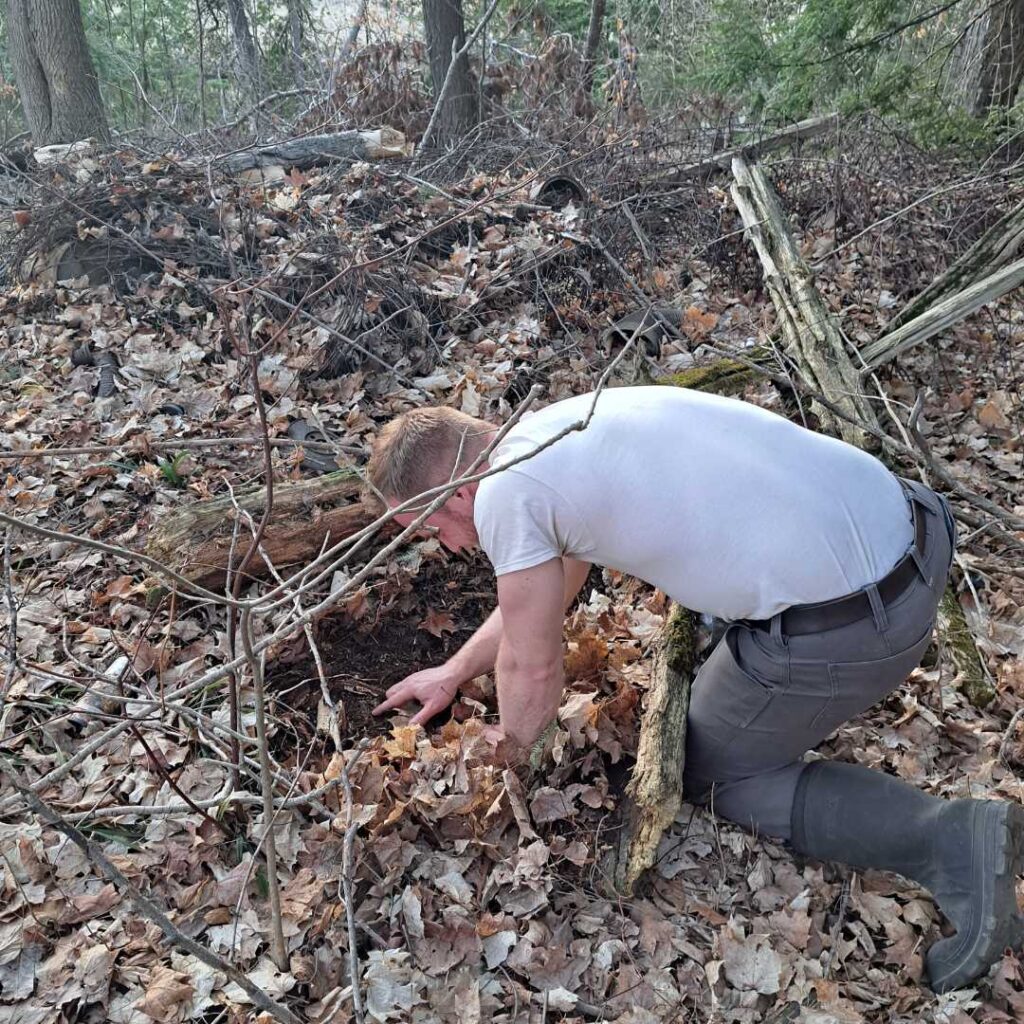
The landowners seemed to enjoy themselves too. “I learned where to look for salamanders under wet logs and stones near vernal pools. In the following days our family went searching and we found several Blue-spotted and Red-backed salamanders. I knew nothing about these little creatures and am really happy to have found out about them,” said landowner Stephan Ragaz.
Rita Naumann also joined in on the survey of her property, “We’re happy to have been part of the salamander study and to have had the opportunity to work with such a great group of students. Rachel from KLT was a knowledgeable and fun project lead. It was incredibly rewarding to see their enthusiasm and to actually witness the salamanders! We hope to see KLT on our land again soon!”
Rachel hopes to make the PIC Salamander Survey Project an annual recurrence at KLT, allowing even more volunteers and Partners in Conservation the opportunity to find salamanders and to learn more about these delightful creatures.
“This project provided learning opportunities for students and landowners, and yielded more ecological data from these properties, which can help inform land stewardship,” said Rachel. “This is the kind of thing that being a Partner in Conservation is all about — learning more about your land, connecting people to nature, and using this information to care for land going forward.”
Learn more about Kawartha Land Trust’s Partners in Conservation program.
Article published May 4, 2023. Main photo: (L-R) KLT’s Rachel Barrington, Partners in Conservation Coordinator and a volunteer on a KLT Partners in Conservation property in April 2023.

